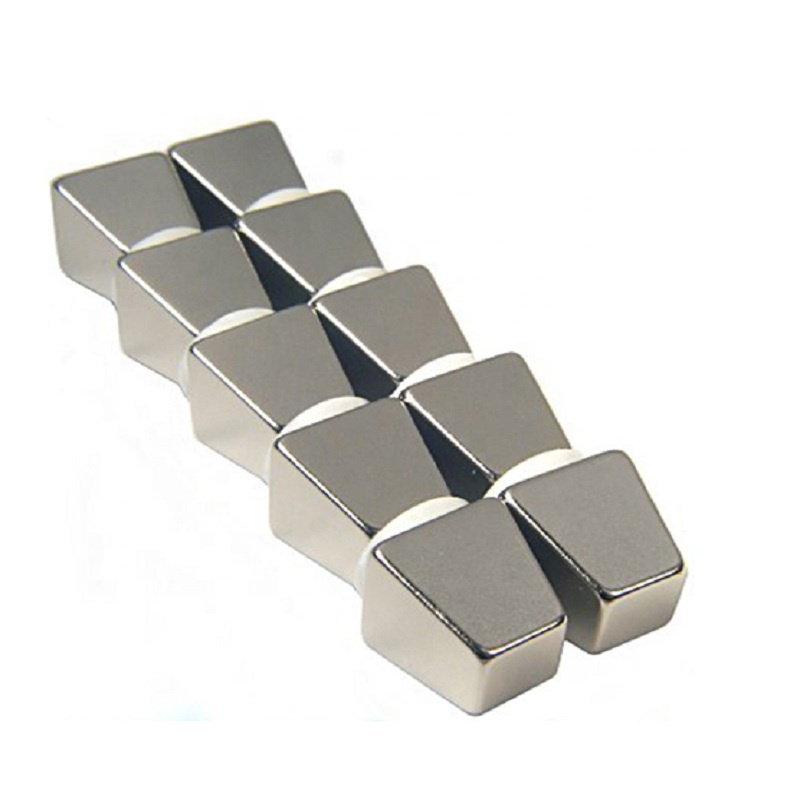Magnetism and the Data Storage Crisis
We don’t usually think of data taking up too much space in the grand scheme of things. You might get a message from Google or Apple telling you your storage is almost full, then you are forced to delete all those photos you’ve accumulated over the past few months and your problem is solved (until next time, at least).
But what happens when the entire planet receives this notification? Between external hard drives and online storage services like the Cloud, it seems like there is infinite space for all of our photos and documents and music files and the countless other things to which we need access at a moment’s notice. But this is not the case.
All of the data in the world needs to be stored somewhere, and we’re adding more every single day. The Irish Times reports that by the year 2020, there will be over 21 billion wireless devices in the world--all vying for data and connectivity. This storage space is bound to run out.
Believe it or not, internet data storage is based on magnets. But everything has its limits--both in terms of capacity and in terms of speed. Smaller magnets that can deliver data at faster speeds are the only solution to the planet’s insatiable desire for more and more data.
Harnessing the Power of Electrons
Scientists at Trinity College Dublin may have found a solution that could revolutionize the way we store data and increase transfer speeds. The answer lies in electrons--the negatively charged subatomic particles. Professor Michael Coey and his team have developed a way to use electrons as microscopic external hard drives.
The process works because electrons are essentially magnets attracted to the magnetic fields given off by positively charged protons in the atom’s nucleus. This keeps the electrons in a sort of orbit, much like the moon around the planet.
Professor Coey has discovered a way to theoretically recreate the attraction protons have with electrons. By using very weak, yet preexisting magnetic fields in data storage units, electrons can be used as mini storage devices that are permanently attracted to data centers.
As of now, the smallest piece of data that a computer can store is a bit (short for binary digit) that your hard drive magnetizes to coincide with binary code which your processor then uses to display any type of information you can imagine. What Professor Coey and his team have done is use this same basic principle, but shrink the sizes of the bit to subatomic sizes. Not only will this increase storage capacity, but also uses far less energy--making it more efficient.
But Wait, There’s More!
The research performed at Trinity College Dublin not only lead to the breakthrough of using electrons as mini data storage centers. The physicists also discovered something remarkable about the empty space that exist between atoms--there’s magnetic energy there, too! As waves of light pass through empty space, they leave behind a minute trace of magnetic energy, like the wake created by a passing boat. While scientists aren’t yet sure how to harness this new energy resource, its discovery opens up a new world of potential for magnetic energy.
 Previous: AUTOMOTIVE INDUSTRY MAGNET
Previous: AUTOMOTIVE INDUSTRY MAGNET
 Next: Flexible plastic mangets
Next: Flexible plastic mangets













